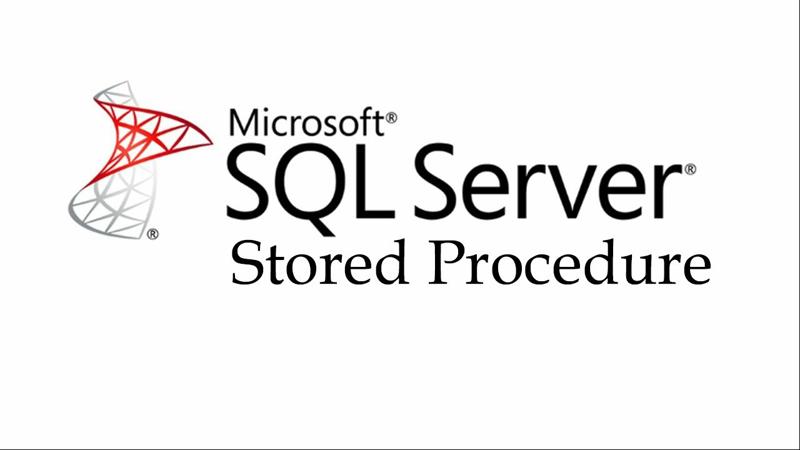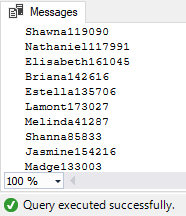SQL Server Stored Procedures: Part-3
SQL Server CURSOR

For SQL Server Stored Procedures: Part-2, Click here.
Database cursor act like a pointer in a database. It process query on each row one by one. Cursor act like a pair of tweezers to pick up each row of data from bag of data. You should use cursor if you have large amount of data and need to act individually on each row. Cursor doesn’t need to allocate big chunk of space in server to load result set like in SQL.
Life cycle of SQL Server cursor:
Step for using a cursor:

First, Declare variables and cursor
DECLARE cursorName AS CURSOR
To declare cursor you should use DECLARE keyword followed by cursorName with its data type as CURSOR and SELECT statement for defining its result set.
Second, Open cursor
OPEN CURSOR cursorName
After SELECT statement open CURSOR using OPEN CURSOR keyword with cursorName.
Third, fetch a row form cursor into one or more variable
FETCH NEXT CURSOR FROM cursorName INTO variables
Fetch function use @@FETCHSTATUS to returns status of the last cursor. If @@FETCHSTATUS returns 0, it means fetching is successful. We can use WHILE statement to fetch each rows which can be done as:
WHILE @@FETCHSTATUS = 0
BEGIN
FETCH NEXT FROM cursorName
END
Fourth, close the cursor
CLOSE cursorName
Lastly, deallocate the cursor
DEALLOCATE cursorName
Deallocation give permission to use same cursor name once again.
For Example:
DECLARE
@firstName VARCHAR(MAX),
@salary DECIMAL
DECLARE empCursor CURSOR
FOR SELECT
First_Name,
Salary
FROM
dbo.EmployeeDb
OPEN empCursor
FETCH NEXT FROM empCursor INTO
@firstName,
@salary
WHILE @@FETCH_STATUS = 0
BEGIN
PRINT @firstName +CAST(@salary AS VARCHAR)
FETCH FROM empCursor INTO
@firstName,
@salary
END
CLOSE empCursor
DEALLOCATE empCursor
Syntax description:
First, Declare two variable to hold First_Name and Salary, cursor name as empCursor to hold the result of query that select name and salary from dbo.EmployeeDb.
Then, Open cursor as
OPEN empCursor
Next, fetch each rows from cursor and print the name and salary of employee.
FETCH NEXT FROM empCursor INTO
@firstName,
@salary
WHILE @@FETCH_STATUS = 0
BEGIN
PRINT @firstName +CAST(@salary AS VARCHAR)
FETCH FROM empCursor INTO
@firstName,
@salary
END
Next, close the cursor
CLOSE empCursor
At Last, deallocate cursor
DEALLOCATE empCursor
Output:
For SQL Server Stored Procedure: Part-4, Click here.

